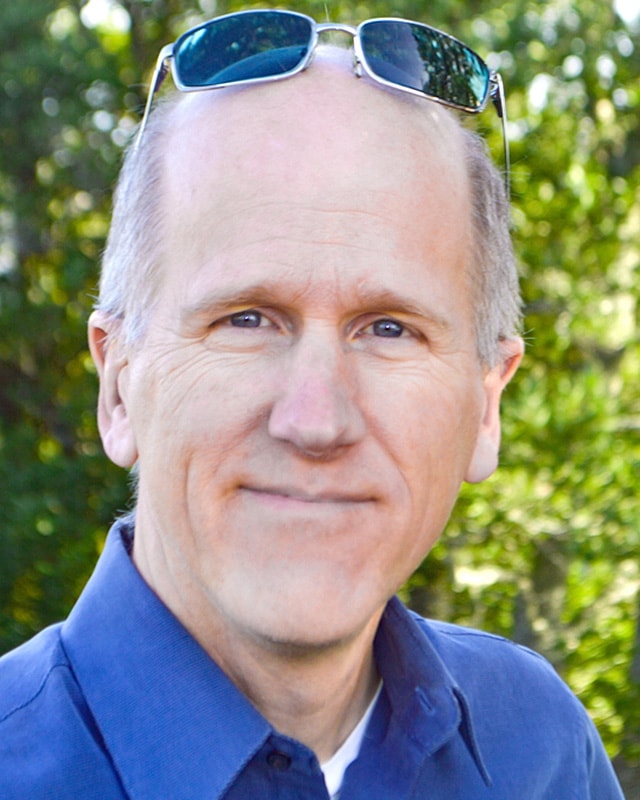Cleaning Up the Power Grid Requires a Federal-State Partnership
As the Biden Administration takes the reins of power and Democrats take control of the Senate, the prospects for real action on climate change have increased.
President Biden has announced support for moving to a zero-emissions power sector by 2035. States are leading the way, with 17 states plus the District of Columbia and Puerto Rico already committing by legislation, executive order, or utility commission order to move to 100% clean power systems. In total, these commitments cover areas that account for 48% of the U.S. gross domestic product and 42% of the U.S. population.
A new report for the 100% Clean Energy Collaborative, a consortium of those states managed by the Clean Energy States Alliance, looks at how states are studying and planning their pursuit of their goals.
These states and regions plan to move to either all-renewable or zero-emission electricity supplies. The policies are most frequently extensions of existing renewable energy laws and regulations; 30 states are already implementing state renewable power standards (RPS), dating back to Iowa’s law in 1983. In some cases, the power sector goals are part of a broader effort to decarbonize the entire state economy.
A clean power sector generally means a shift from coal and gas generation to wind and solar, with all of the challenges that such a shift can entail:
• Technical issues, such as dealing with the variability of wind and solar electricity generation, developing transmission lines to connect to new generators, and incorporating energy storage.
• Economic issues, such as expanding clean energy at a reasonable cost to consumers, shaping wholesale energy markets to accommodate variable generators, and adjusting retail rate designs.
• Social issues, such as ensuring that changes in the energy economy deliver improvements in equity and environmental justice, create jobs and economic development, and reduce the impact on communities that will be affected by fossil plant closures.
Although all of these states are making progress, they have a long way to go to meet their all-renewable or zero-emission goals. This is where a partnership between the states and the federal government comes in. The federal government can take several actions that would enable and empower the states to reach their goals.
- Facilitate rather than block state policy: Instead of blocking states from acting on clean energy, as the Trump Administration often did, the Biden Administration can help. For example, the Federal Energy Regulatory Commission (FERC) should end its interventions in power markets that undermine state clean energy policies, like the Minimum Offer Price Rule.
- Tax credits: Federal tax credits have long been a form of partnership with the states, as tax credits have helped buy down the cost of implementing state RPS laws. But federal tax policy has been erratic, with expirations and last-minute extensions, and disparate treatment of different renewable technologies creating a chaotic business environment. The oil industry has enjoyed tax breaks for over 100 years. A long-term commitment to clean energy would help foster lower costs and smoother growth. Congress should provide stable tax credits for renewable energy, storage, and transmission.
- R&D: Most of the technologies and strategies for clean power are already known and commercialized – wind, solar, and batteries are going to be the core of the transition. Recent research from the University of California at Berkeley found that getting to 90% clean is affordable and doable from a technical perspective. But the last 10% poses some key challenges to meeting demand 24×7. Federal research on long-duration energy storage, HVDC converter stations, demand response, and grid-interactive buildings are a few of the topics that need to be worked on in the coming decade.
- Transmission reform: A more robust transmission grid will connect rich resource areas, like the Midwestern wind belt, to cities where the power is needed. It will also reduce congestion, improve competition, and help smooth out the variations of wind and solar generation. While FERC has jurisdiction over interstate oil and gas pipelines, transmission lines are left up to the states, creating a never-ending process of red tape that discourages ambition, blocks development, and kills jobs. A reform package like the Macro Grid Initiative shows how state and federal agencies can work together on regional and interregional development.
- Support to states: States are the primary regulators of the electric power system, but often lack the resources to tackle the technical, economic, and legal issues that can pose a barrier to clean power implementation. The federal government can help by providing research, fostering regional collaboration, and convening appropriate groups of stakeholders to tackle specific issues.
- Carbon regulations: With the courts recently blocking the Trump Administration’s proposed Affordable Clean Energy Rule, the new administration has a chance to revisit regulation of power sector carbon emissions under the Clean Air Act. By using the existing structure of State Implementation Plans, states can again be the implementing body for action. With market trends and state policies pointing toward reduced emissions, federal assistance will help solve regional and technical issues.
- A national clean energy standard: Many states have not adopted clean energy standards, even though they are seeing substantial renewable energy growth. A uniform national standard that sets a minimum level but gives states flexibility in their response would create a more predictable national market, helping drive down costs for all.
As the old proverb goes, if you want to go fast, go alone; if you want to go far, go together. With the federal government again working with the states, we can go all the way to a 100% clean power system.
This article was originally published in Utility Dive.
Published On
February 8, 2021



